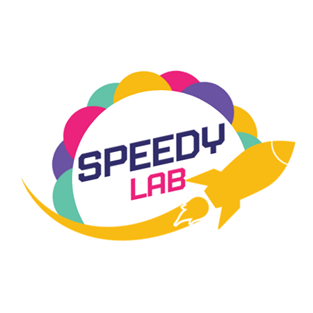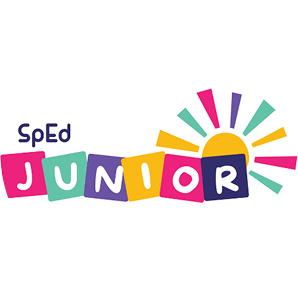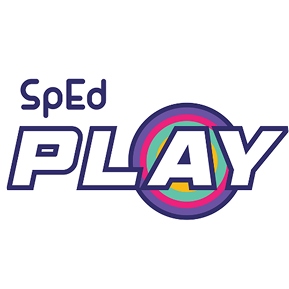In special education, the terms IEP (Individualized Education Plan) and ILP (Individual Learning Plan) are often used interchangeably, but they serve different purposes. Understanding the differences between them helps parents and educators choose the right support pathway for a child.
IEP: An IEP is a legal document provided under the Individuals with Disabilities Education Act (IDEA). It’s for children who qualify for special education services and includes detailed goals, accommodations, and services that a school must provide. It is created by a multidisciplinary team and reviewed annually.
ILP: An ILP is less formal and not legally mandated. It’s often used for students who need academic or behavioral support but do not meet the criteria for special education. ILPs are created collaboratively and focus on personalized goals, often used in inclusive or mainstream settings.
The key differences are in eligibility, legal enforceability, and the level of support provided. While both plans aim to support student success, an IEP includes access to special education services, whereas an ILP is more flexible and focused on academic enrichment or behavioral improvements.
Parents and educators must work together to determine which plan best suits the child’s needs. If a child has a diagnosed disability that affects learning, an IEP is necessary. If the child needs targeted interventions without a formal diagnosis, an ILP may suffice. Knowing the difference ensures the child receives the right level of support to thrive.





